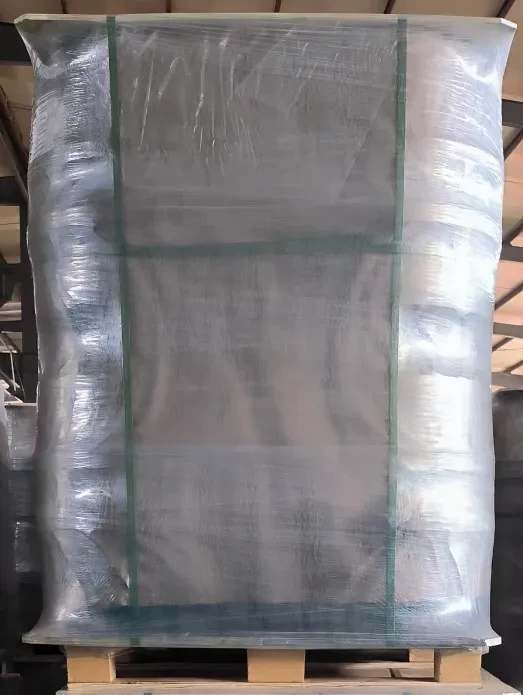
-
 Afrikaans
Afrikaans -
 Albanian
Albanian -
 Amharic
Amharic -
 Arabic
Arabic -
 Armenian
Armenian -
 Azerbaijani
Azerbaijani -
 Basque
Basque -
 Belarusian
Belarusian -
 Bengali
Bengali -
 Bosnian
Bosnian -
 Bulgarian
Bulgarian -
 Catalan
Catalan -
 Cebuano
Cebuano -
 Corsican
Corsican -
 Croatian
Croatian -
 Czech
Czech -
 Danish
Danish -
 Dutch
Dutch -
 ئىنگىلىزچە
ئىنگىلىزچە -
 Esperanto
Esperanto -
 Estonian
Estonian -
 Finnish
Finnish -
 French
French -
 Frisian
Frisian -
 Galician
Galician -
 Georgian
Georgian -
 German
German -
 Greek
Greek -
 Gujarati
Gujarati -
 Haitian Creole
Haitian Creole -
 hausa
hausa -
 hawaiian
hawaiian -
 Hebrew
Hebrew -
 Hindi
Hindi -
 Miao
Miao -
 Hungarian
Hungarian -
 Icelandic
Icelandic -
 igbo
igbo -
 Indonesian
Indonesian -
 irish
irish -
 Italian
Italian -
 Japanese
Japanese -
 Javanese
Javanese -
 Kannada
Kannada -
 kazakh
kazakh -
 Khmer
Khmer -
 Rwandese
Rwandese -
 Korean
Korean -
 Kurdish
Kurdish -
 Kyrgyz
Kyrgyz -
 Lao
Lao -
 Latin
Latin -
 Latvian
Latvian -
 Lithuanian
Lithuanian -
 Luxembourgish
Luxembourgish -
 Macedonian
Macedonian -
 Malgashi
Malgashi -
 Malay
Malay -
 Malayalam
Malayalam -
 Maltese
Maltese -
 Maori
Maori -
 Marathi
Marathi -
 Mongolian
Mongolian -
 Myanmar
Myanmar -
 Nepali
Nepali -
 Norwegian
Norwegian -
 Norwegian
Norwegian -
 Occitan
Occitan -
 Pashto
Pashto -
 Persian
Persian -
 Polish
Polish -
 Portuguese
Portuguese -
 Punjabi
Punjabi -
 Romanian
Romanian -
 Russian
Russian -
 Samoan
Samoan -
 Scottish Gaelic
Scottish Gaelic -
 Serbian
Serbian -
 Sesotho
Sesotho -
 Shona
Shona -
 Sindhi
Sindhi -
 Sinhala
Sinhala -
 Slovak
Slovak -
 Slovenian
Slovenian -
 Somali
Somali -
 Spanish
Spanish -
 Sundanese
Sundanese -
 Swahili
Swahili -
 Swedish
Swedish -
 Tagalog
Tagalog -
 Tajik
Tajik -
 Tamil
Tamil -
 Tatar
Tatar -
 Telugu
Telugu -
 Thai
Thai -
 Turkish
Turkish -
 Turkmen
Turkmen -
 Ukrainian
Ukrainian -
 Urdu
Urdu -
 Uighur
Uighur -
 Uzbek
Uzbek -
 Vietnamese
Vietnamese -
 Welsh
Welsh -
 Bantu
Bantu -
 Yiddish
Yiddish -
 Yoruba
Yoruba -
 Zulu
Zulu
how to bleed drum brakes with one person
How to Bleed Drum Brakes with One Person A Step-by-Step Guide
Bleeding drum brakes is a crucial maintenance task that ensures your braking system functions efficiently. While traditionally a two-person job, it is possible to do it solo with the right technique. Here’s a comprehensive guide on how to bleed drum brakes with just one person.
Tools Needed 1. Brake fluid (consult your vehicle manual for the correct type) 2. A wrench (usually 3/8” or 10mm, depending on your vehicle) 3. A clear tube (to fit over the bleeder valve) 4. A container (to catch the old brake fluid) 5. A brake bleeder kit (optional but helpful) 6. Rags/paper towels (for cleanup)
Step 1 Prepare Your Vehicle Start by ensuring your vehicle is parked on a flat surface, and the parking brake is engaged. Remove the wheel cover or lug nuts and take off the rear wheel to access the drum brakes. This exposure allows you to reach both the bleed screw and the brake assembly.
Step 2 Locate the Bleeder Valve Identify the bleeder valve on the brake wheel cylinder. It’s usually a small nut that may be covered in dirt; clean it first for easy access. Make sure to have your wrench ready.
Step 3 Attach the Clear Tube Take your clear tube and slide it over the bleeder valve. Place the other end of the tube into your collection container. This setup prevents brake fluid from spilling, making cleanup easier.
how to bleed drum brakes with one person

Step 4 Open the Bleeder Valve Using your wrench, slowly turn the bleeder valve counterclockwise to open it. Allow some brake fluid to escape into the tube. You should see air bubbles traveling through the fluid; this indicates that air is being expelled from the brake lines.
Step 5 Pump the Brake Pedal With the bleeder valve still open, go to the driver’s seat and pump the brake pedal several times—around five to ten pumps should suffice. After pumping, hold the brake pedal down to maintain pressure. Return to the wheel but do not close the bleeder valve yet.
Step 6 Close the Bleeder Valve While keeping pressure on the brake pedal, close the bleeder valve by turning it clockwise. This step is crucial to prevent air from re-entering the system.
Step 7 Repeat the Process Repeat steps 4 to 6 until you see a steady stream of brake fluid without bubbles. Keep an eye on the brake fluid reservoir; it’s important to top it up to avoid introducing air back into the lines.
Step 8 Final Checks Once you’ve successfully bled all brakes, replace the wheel and lower the vehicle. Make sure to test the brakes by pressing the pedal before driving to ensure they function correctly.
Bleeding drum brakes doesn’t have to be a daunting task, even when working alone. With patience and attention to detail, you can successfully maintain your braking system, ensuring your safety on the road.
-
Why Choosing the Right Brake Drum Manufacturer Matters for Vehicle Safety and PerformanceخەۋەرلەرJun.05,2025
-
Understanding Heavy Duty Brake Drums: Key to Truck Safety and PerformanceخەۋەرلەرJun.05,2025
-
Reliable Braking Systems: Rear and Trailer Drum Brake Solutions for Heavy-Duty ApplicationsخەۋەرلەرJun.05,2025
-
Power and Precision: Why Brake Drums Still Dominate in Vehicle Safety SystemsخەۋەرلەرJun.05,2025
-
Brake Drums: Essential Components for Vehicle Safety and PerformanceخەۋەرلەرJun.05,2025
-
Superior Brake Drums & Rotors for Reliable Stopping PowerخەۋەرلەرJun.03,2025
-
Premium Brake Drums for Maximum Stopping PowerخەۋەرلەرJun.03,2025
